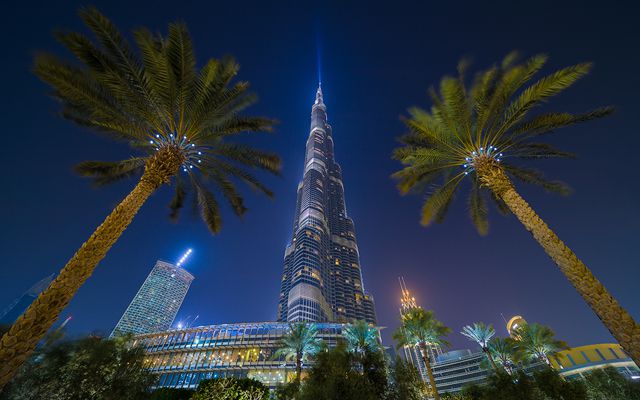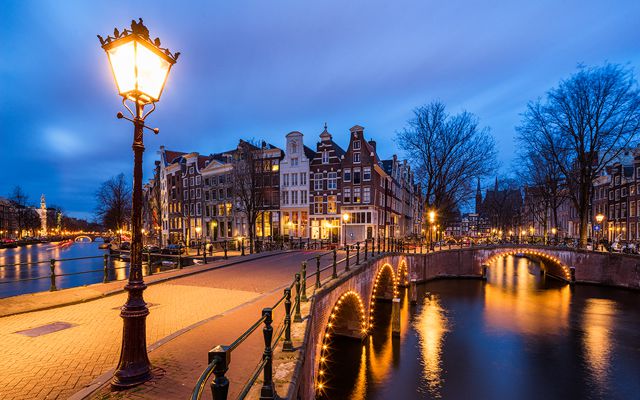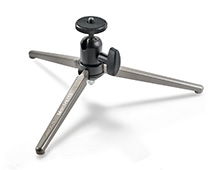So I’m back home from Budapest, and despite it raining around half of the time I was there, I think I got few nice shots. Of course the reason I went there this time were the St. Stephens day celebrations, which are always finished with huge fireworks. This time I wanted to get a little different view than last time, but I stupidly chosen a bad spot, from which I could not see most of them. So I quickly (very quickly :) ) searched for a new spot during the fireworks, and I think I found one that was quite alright. You can judge by yourself from the today’s photo.
This is a single exposure edited in Lightroom, Oloneo Photoengine and Photoshop.



















